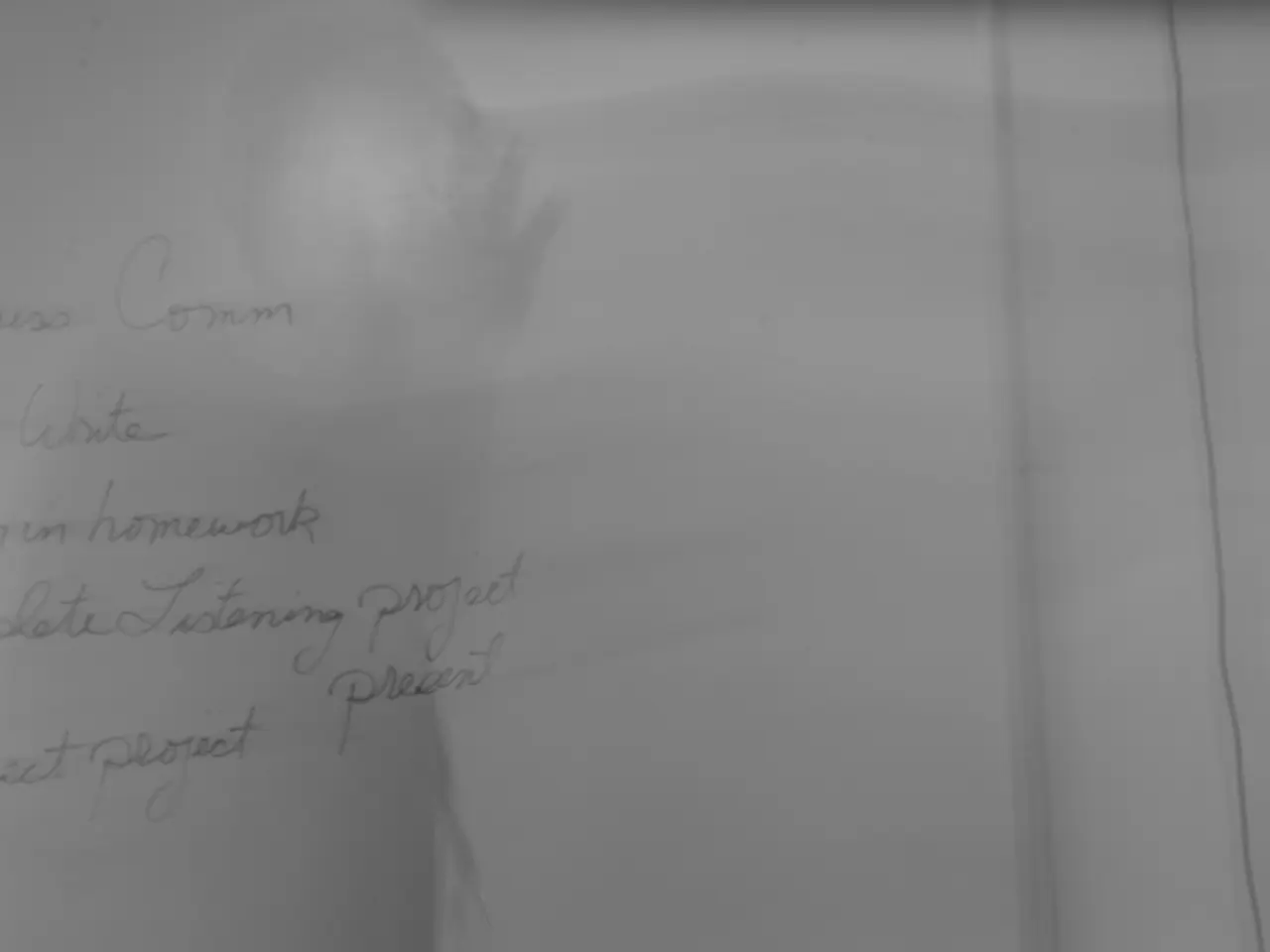Mastering Techniques in Color Pencil Drawing: Delving into Color Combinations and Shading Principles
=======================================================================
Colored pencil drawing is a versatile and enjoyable art form that allows artists to produce detailed, vibrant, and richly textured works. In this article, we'll explore various techniques and best practices to help you create stunning colored pencil drawings.
Firstly, it's essential to understand that keeping artwork away from direct sunlight prevents colors from fading. To achieve this, consider hanging your frame in a stable, humidity-free area, away from heat sources. Additionally, storing drawings in acid-free sleeves or folders prevents yellowing.
When it comes to choosing supplies, essential items for beginners include high-quality color pencils, smooth or slightly textured paper, erasers, sharpeners, blending tools, fixative spray, and paper for sketching. Using sharp pencils enhances precision for highlights and textures.
One of the key aspects of colored pencil drawing is layering. Layering builds depth and richness in your drawings by adjusting color intensity and texture. Pressure is essential for these adjustments, but limiting pressure maintains smoothness and prevents paper tearing. Pausing between layers prevents oversaturation and wear on the paper.
Mastering color theory is another crucial step in creating realistic colored pencil drawings. Understanding how colors interact and the emotions they convey requires a thoughtful approach and a deep understanding of color relationships. Limit bright colors to ensure visual harmony and avoid clutter. Blurring the dividing lines between light and shadow for softer transitions also helps create a more realistic effect.
Identifying the direction and strength of the light source before starting a drawing is essential. This helps you accurately render light and shadow, creating realism and three-dimensionality. Ink adds fine outlines or details with precision and contrast, while gel pens can be used to highlight or add intricate patterns on darker areas.
When experimenting with mixed media, a common approach is to combine colored pencils with other dry media such as graphite, ink pens, pastels, or crayons to add varied textures and fine details without disturbing the pencil layers. However, avoid using water-based media on top of colored pencil drawings to prevent smudging or warping.
Some advanced techniques for colored pencil drawing include layering and blending multiple colors to build depth, using fine sharp pencils for detailed textures like fur and eyes, and accurately rendering light and shadow to create realism and three-dimensionality. Planning and mapping the composition with a loose preliminary sketch or thumbnail to guide the drawing process and placement of details also helps.
Squinting at reference images to better judge contrast, tonal values, and light direction for more accurate shading and realism is another valuable technique. Drawing inspiration from and studying works of established colored pencil artists can help you learn sophisticated techniques and develop your unique artistic voice.
Using watercolors as a base layer covers large areas quickly and creates vibrant underlayers. Pastels blending over color pencil layers adds soft textures and smooth transitions. Including intricate patterns adds ornamental or decorative effects. Experimenting with tools like blending stumps, paper towels, or erasers can enhance textures.
For textures like fur or wood, use repetitive patterns for authenticity. Highlighting tiny details with a lighter pencil or gel pen stresses reflection points. Handling artwork with clean hands or wearing gloves helps avoid stains. Leaving parts of the drawing uncolored or using white pencils for highlights adds realism.
Combining light and dark tones emphasizes raised or recessed areas. Varying strokes mimics natural textures in artwork. Consider emphasizing reflective areas or contours to enhance depth. Adding subtle light reflections creates a three-dimensional effect.
Protecting fragile works with a frame featuring UV-protective glass is crucial. Building gradual shadows using soft, layered strokes transitions smoothly between light and dark areas. Using a mat board prevents the drawing from touching the glass, reducing the risk of damage.
In summary, combining meticulous layering and blending with mixed media elements and careful light rendering helps create highly realistic colored pencil drawings rich with fine detail and dynamic texture. Experimentation with dry mixed media and detailed planning further elevate the quality of the artwork.
- Dabble in watercolor as a base layer to quickly cover large areas and create vibrant underlayers for your colored pencil drawings, ensuring a more complex and richly textured final piece.
- To develop your unique artistic voice and learn sophisticated techniques, immerse yourself in the works of established watercolor artists and integrate their teachings into your own education-and-self-development journey, specifically focusing on the mastery of learning various colored pencil drawing techniques.




